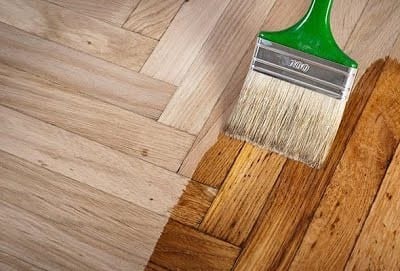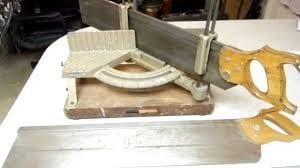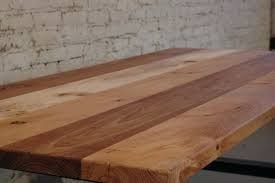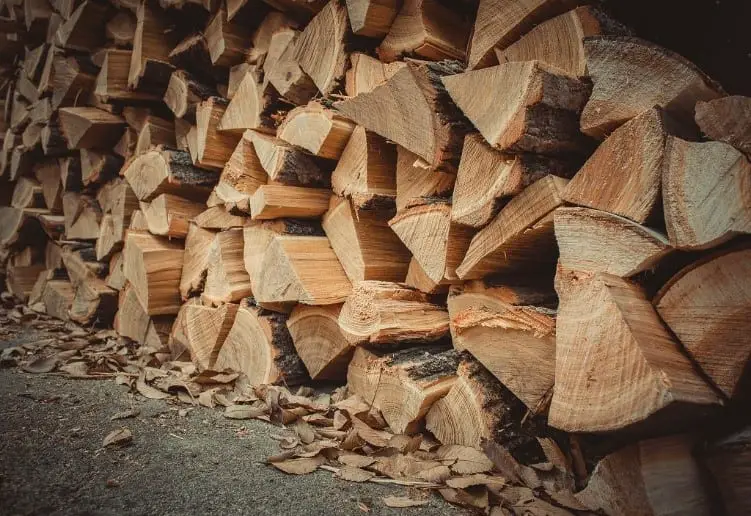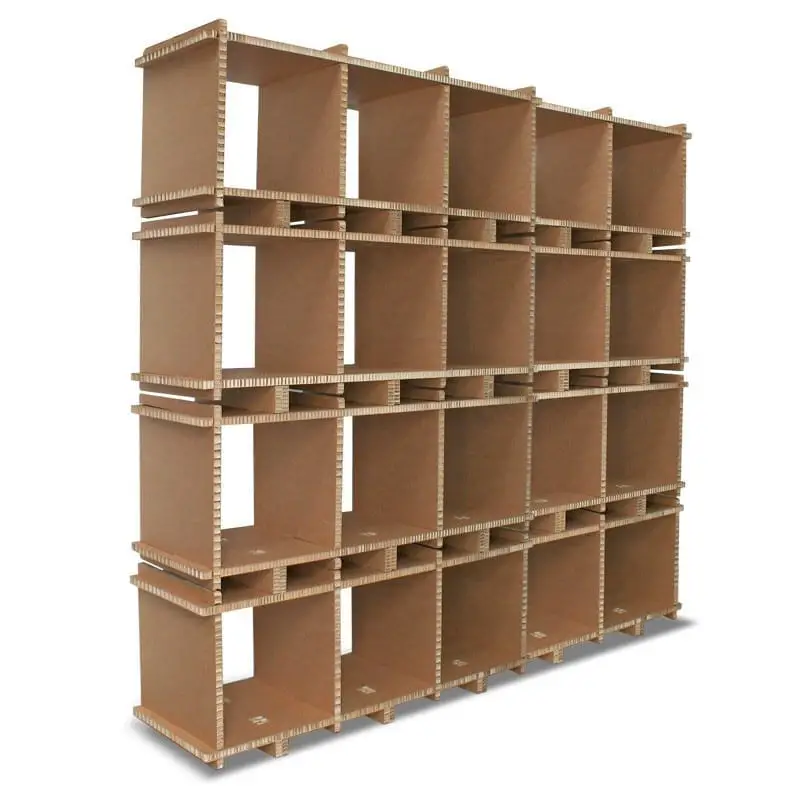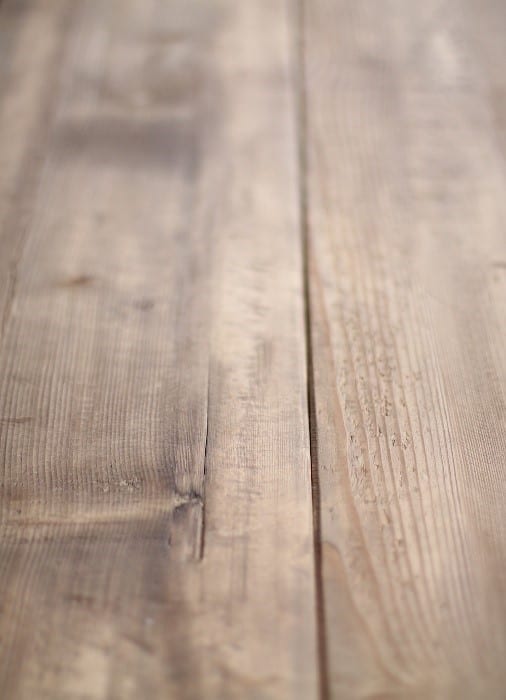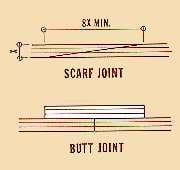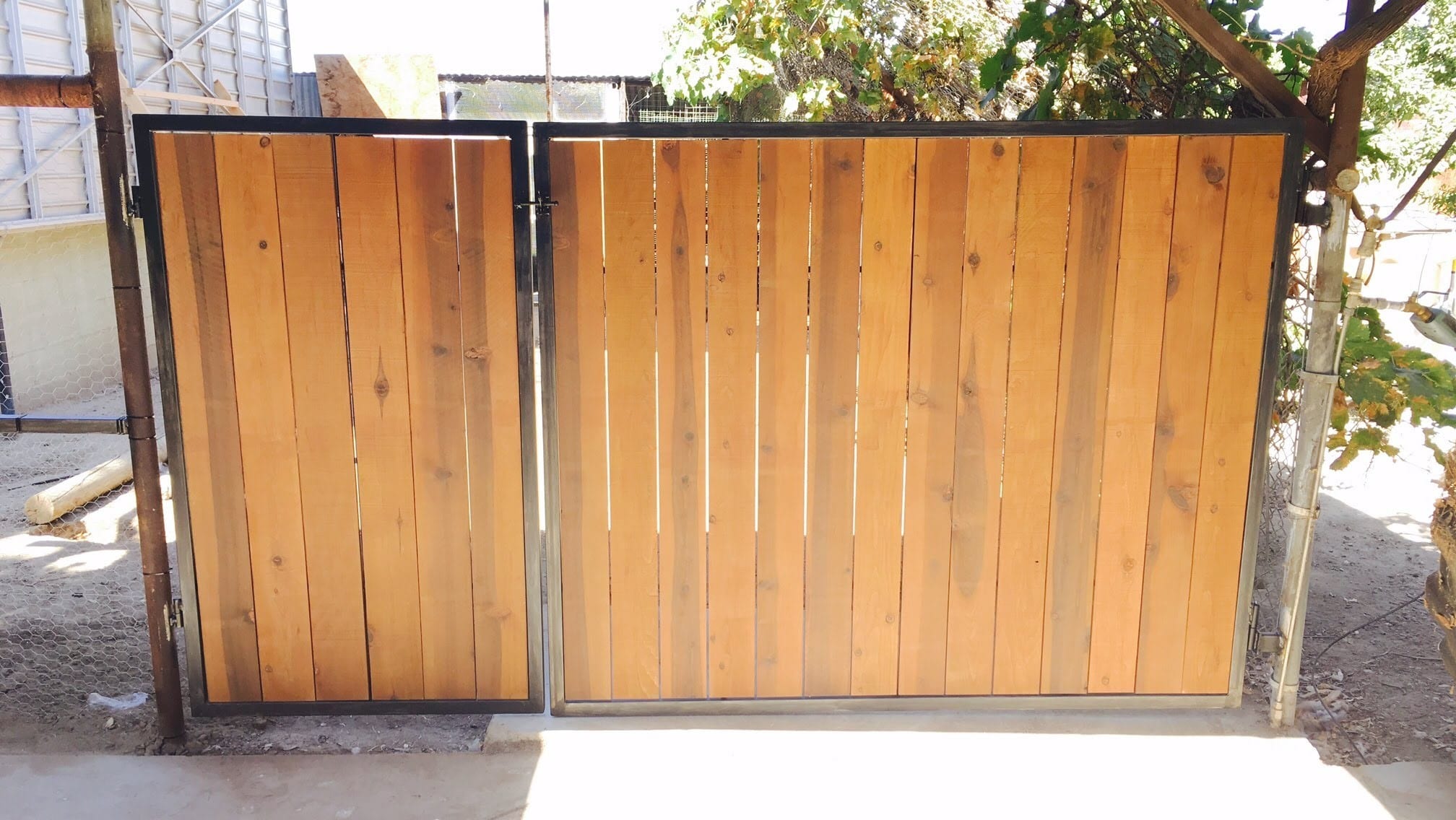Just like any living thing, wood may be preserved and admired for years and years to come. Preservation techniques vary but all have one goal: to maintain the natural beauty of wood.
As there are many types of wood and species of wood, one can only imagine the variety of preservation techniques available. Some use a special preservation solution while some rely on nature’s powerful preservation strategies.
This guide will help you learn basic techniques to preserve common wood species.
Wood preservation techniques
When you preserve wood, it becomes timeless and very valuable. Wood furniture like antiques are examples of what strict preservation can do. You can preserve just about any type of wood. Just follow these steps.
Things you will need
- Wood or wooden furniture you want to preserve
- Clean and dry rags
- Putty (optional)
- Any commercial oil or tung oil
Instructions
Use natural oils to preserve wood. Oil will soak into the wood’s pores and will keep wood strong and resilient to the elements. Oil will also slow the absorption of water which is responsible for rot.
Use a couple of coats of oil and this will be enough to preserve and protect wood for many years. One of the most common oils used is teak. There are other woods that do not need to be preserved like teak.
This is a uniquely long-lived wood that does not require regular oiling. But once it has been oiled it may require periodic reapplication.
Tung oil is one of the most commonly used oil for preserving wood. It is quite expensive and may take time to dry but no doubt it gives amazing overall protection.
Use a finish that contains tung oil because this provides better water protection than applying 100% tung oil.
Do not use varnishes that will only create a top layer of oil instead of soaking the oil in the wood. Be sure to use only genuine tung oil products
Step #1
Remove dust and dirt from wood. Use a clean and dry towel or rags to wipe off the wood.
Inspect wood for any imperfections or flaws. Repair them using putty or filler.
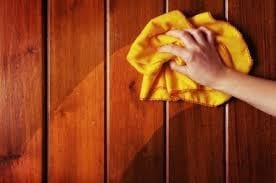
Source: https://www.furniture-refinishing-guide.com/articles/furniture-cleaning/
Step #2
Select oil or any commercial product used for wood preservation ideal for home or hobby use. Follow manufacturer’s instructions on how to use the product. If you are preserving cutting boards and other wooden kitchen equipment, use only food safe oils like coconut, walnut or almond oils.
But avoid walnut and almond oil if someone in your family has nut allergies. To use these natural oils, add ½ teaspoon melted beeswax for each cup of oil for additional protection.
Use a clean, dry rag for rubbing the oil and newspaper to catch spills. Most of these oils are flammable therefore you must use a metal container to store the oil as well as other materials you will be using.
Always have access to water or a fire extinguisher if ever these materials spontaneously ignite. However, the flammability is greatly reduced once the oil dries.
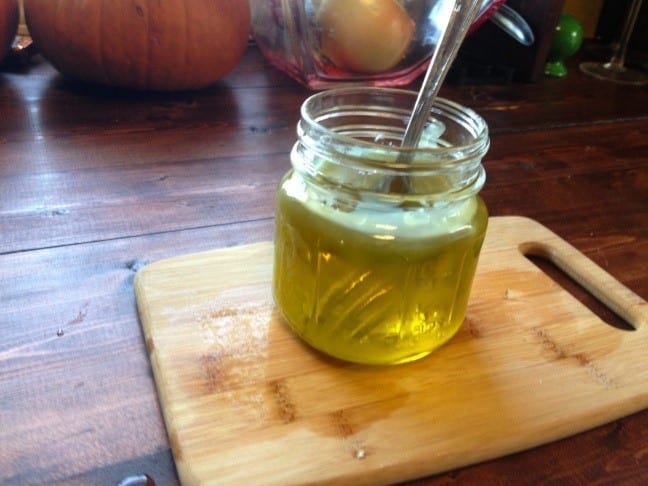
Source: http://themoderndiylife.blogspot.com/2012/12/diy-beeswax-wood-polish-and-sealant.html
Step #3
Rub the oil in slowly. Use a clean cloth to rub the oil into the wood. You must cover the entire surface for improved protection. For the best and the most consistent results, dab the oil on the surface of the wood a bit at a time.
Applying more oil at once is okay especially if you want to save time but keep in mind that the more you rub at one, the more changes in shine and color that will likely occur.
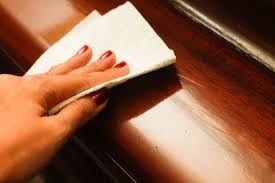
Source: https://www.decoora.com/diferentes-formas-de-usar-la-cera-para-muebles/
Step #4
Remove all excess oil at once using a rag. The oil that soaked into the wood will provide the protection and any excess oil will only make the surface look gummy and discolored.
If the oil has dried on to the surface, wet a cloth with a little more oil to wipe it up again.
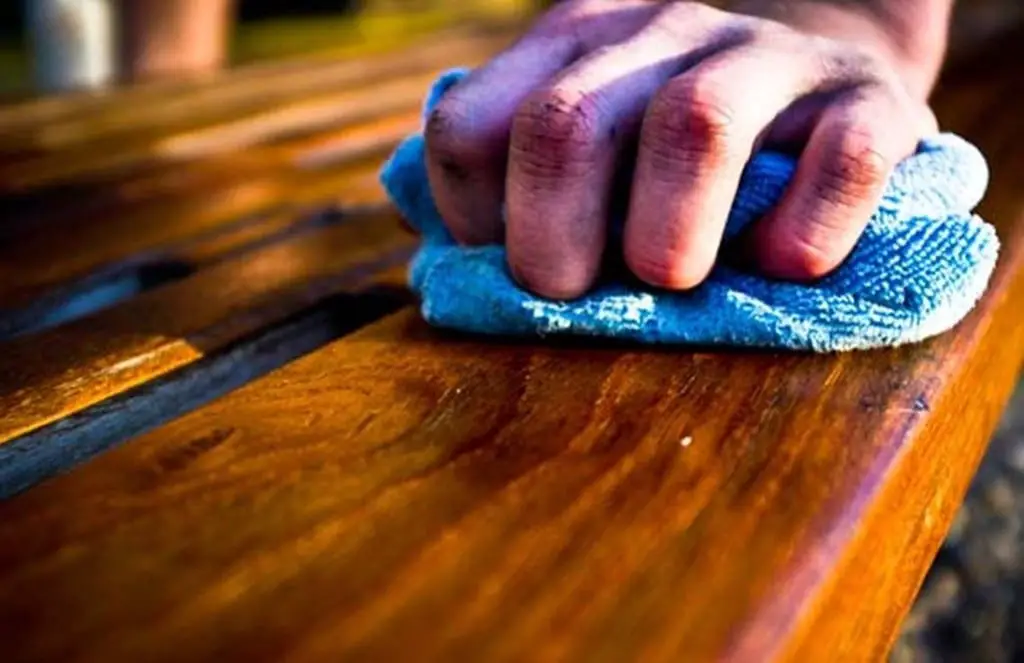
Source: https://www.curriesfurniture.com/care-and-cleaning/
Step #5
Apply more coats and if you wish you can do a bit of sanding in between. At least two or three coats of oil are ideal for long-term preservation.
When you are done wiping oil all over your wooden piece, air-dry the rags in a single layer away from heat.
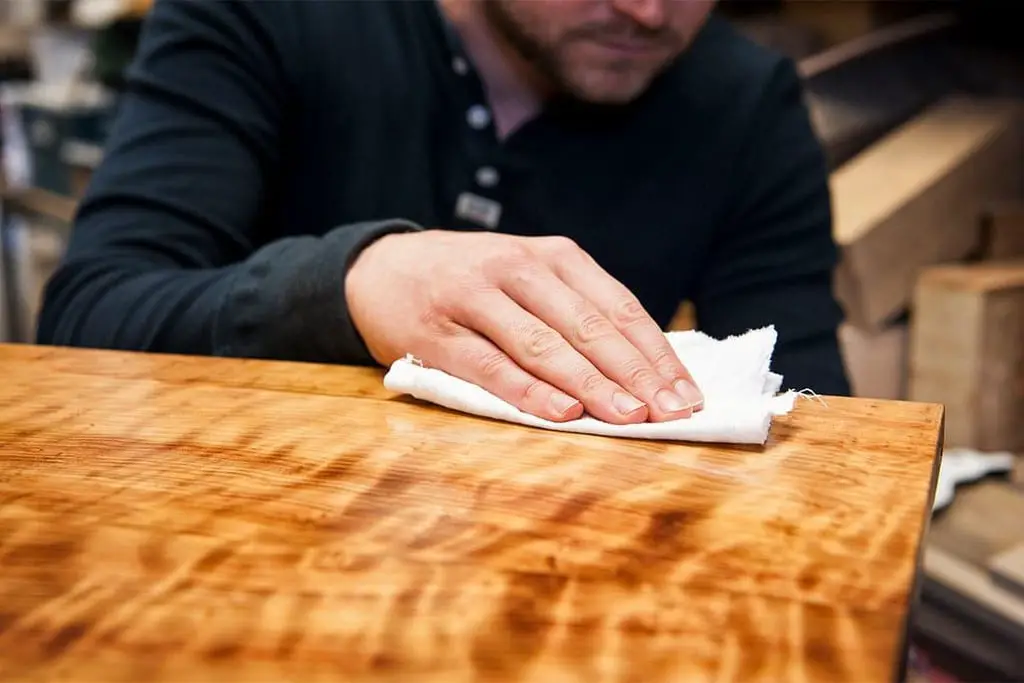
Source: https://knowledge.axminster.co.uk/applying-wax-quick-guide/
Conclusion
Preserving wood is done by wiping layers of oil. Safe natural oil is recommended to provide a good layer of protection that can make the wood last and protect it from mold and pests as well.
